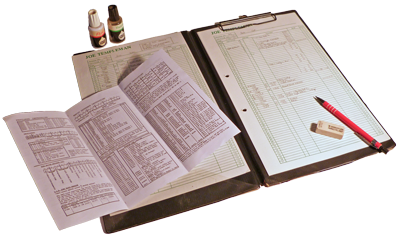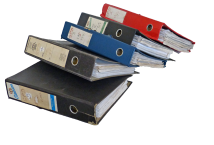Programming - PS8 - Computing & Engineering
Programming
BCL
Joe Templeman describes a typical Molecular 18 software development kit for LOS:


- 0.5mm self-propelling pencil (always sharp)
- supply of leads, HB hardness
- plastic eraser
- supply of blank Foolscap coding sheets
- correcting fluid and thinner for modifying photo-copied coding sheets
- Pocket Reference.
Programmers normally prepared their coding sheets at their desk. When you were ready to try out your code, you found an available terminal in the computer room and used the OP utility to load it in six-digit octal words. Beginners would first write all the octal machine code onto the coding sheets but after a little practice this became counter-productive except occasionally, when constructing subroutine control words for example. With just the two registers, page addressing, a modest instruction set and the adoption of octal notation everyone quickly became expert at assembling machine code on the fly at the terminal, especially as the OP utility echoed back the assembler decode as you typed.
No matter how carefully you checked your code, there was always a fair chance it would crash first time. So you always warned anyone else on the machine before you ran a test, waited two or three seconds so they could save their work to disc, then let it rip. While your test ran, you could use the OP utility to examine or indeed amend any memory location. Thanks to page addressing you could easily find your code and data and watch what was happening. If your test crashed, you could inspect the debris through the control panel. Any subsequent amendments needed to coding sheets would be clearly marked with an asterisk in the margin, to be rubbed out after loading.
Completed coding sheets were stored in foolscap Lever Arch files in Overlay Module sequence, with record layouts and any other overview information at the front. A complete set of documentation for one client could run to five hefty volumes.